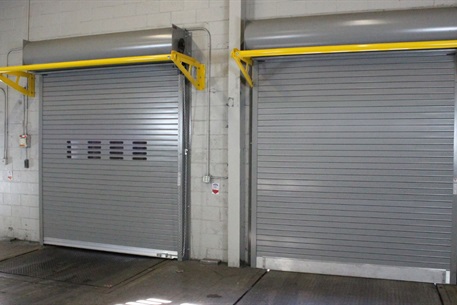For businesses where security and reliability can't be compromised, steel roll-up doors are essential. hese heavy-duty doors protect valuable equipment, maintain climate control, and keep operations running smoothly in warehouses, factories, and distribution facilities. But with countless brands and technical specifications flooding the market, selecting the right commercial steel roll-up door can feel overwhelming. This review breaks down the top models, key features, and actual performance data to help you make the best choice for your facility.
Critical Features of Industrial Steel Roll-Up Doors
Selecting industrial-grade steel roll-up doors depends on material durability, operational efficiency, and site-specific requirements. Here’s how key features impact performance:
Galvanized Steel Construction & Thickness
Industrial doors rely on galvanized steel (18–26 gauge), where lower gauge numbers indicate thicker metal. Facilities in corrosive coastal environments or high-traffic warehouses benefit from rugged 18–22 gauge steel paired with powder coatings like Envirocron™ XMR to resist scratches, UV damage, and salt spray 1. For example, a Florida pharmaceutical plant eliminated corrosion-related breaches during Hurricane Ida by installing 20-gauge Cornell Thermiser Max® doors with Miami-Dade County certifications 23.
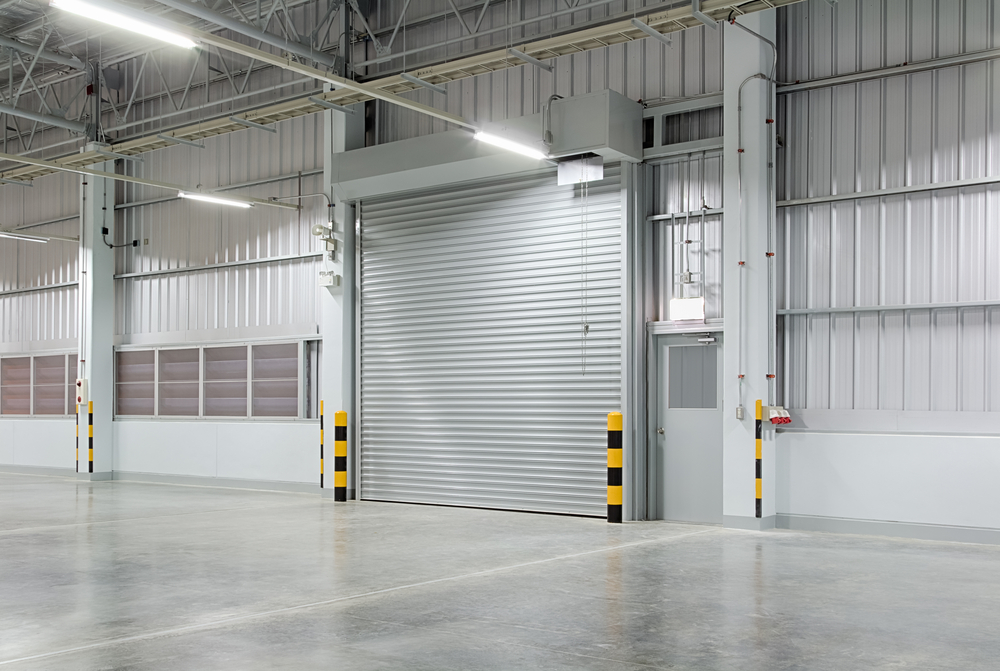
Custom Sizing and Structural Integrity
While standard doors handle openings up to 16'x16', brands like ASTA America engineer custom solutions up to 40' wide/tall for aircraft hangars and shipping terminals. Precision matters, slat heights typically increment in 2 5/8” segments to ensure airtight sealing, while extruded aluminum bottom bars with bulb-type seals block drafts in freezer warehouses 4.
Security and Operational Components
Torsion springs rated for 50,000–100,000 cycles enable smooth manual or motorized operation in facilities with 100+ daily door movements. Dual slide-bolt locks and FBC wind-load certifications provide theft deterrence and storm resistance, critical for Gulf Coast manufacturing sites 4.
Top Commercial Steel Roll-Up Door Brands Compared
Clopay Pro Series: Energy-Efficient Workhorses
Clopay’s ENERGY STAR-rated Thermiser® line reduces HVAC costs by 18–30% in climate-controlled facilities through foamed-in-place insulation and thermal breaks. A Midwest auto parts warehouse cut annual energy spending by $12,000 after retrofitting with these doors 67.
ASTA America 400 Series: High-Traffic Champions
ASTA’s 400 Series dominates heavy-use environments with 3-piece structural steel guides and 50,000-cycle springs. Their wind-rated models withstand 20 PSF (pounds per square foot) pressures, making them a top choice for Midwestern logistics hubs facing tornado risks 8.

Cookson Thermiser®: Coastal Durability Leaders
Cookson’s laminated 18-gauge steel doors excel in salt-heavy environments, combining 50,000-cycle durability with noise-dampening seals that meet urban sound ordinances. A Savannah seafood processor reported zero maintenance issues after five years of coastal operation 710.
Cornell Thermiser Max®: Pharmaceutical-Grade Security
Cornell’s million-cycle doors feature corrosion-resistant steel and FDA-compliant seals, vital for temperature-sensitive biotech facilities. Their thermal break technology maintains consistent temps in -20°F cold storage units 212.
Matching Steel Roll-Up Doors to Industrial Applications
High-Traffic Logistics Hubs
Facilities with 200+ daily truck arrivals need doors like Rytec’s PowerTec™ SR, which operates at 32” per second to reduce dock congestion. Paired with industrial photo-eye sensors, these doors cut average loading times by 25% 1314.
Corrosive or Extreme Climates
Galvanized steel with ASTM A653 certifications resists rust in coastal regions, while insulated slats with R-12 ratings prevent thermal transfer in freezer farms. ASTA’s 400 Series with 24-gauge perforated slats also enables airflow in foundries without sacrificing security.
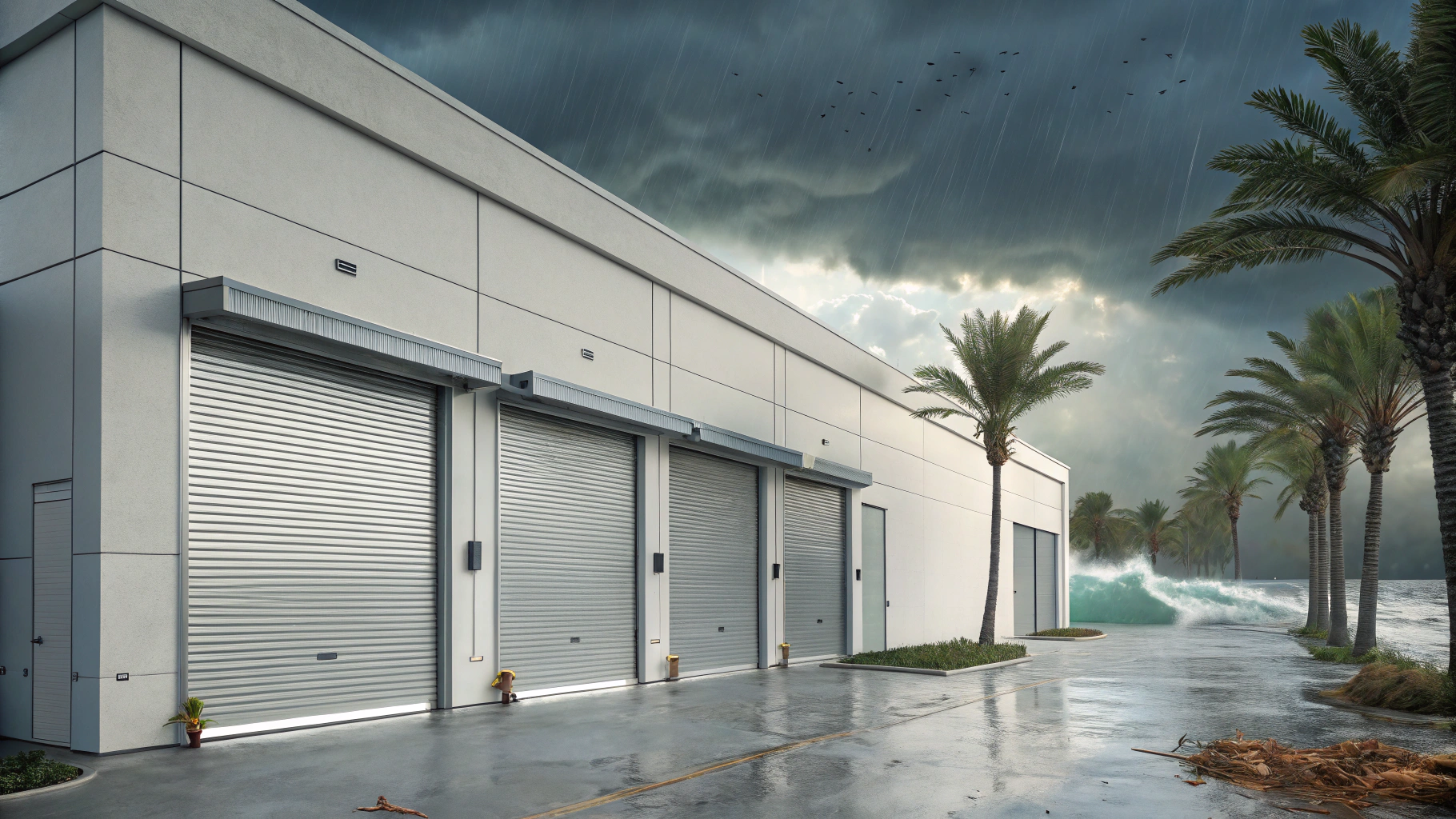
Regulatory Compliance
OSHA mandates backup power systems for motorized doors in fire exit pathways, while UL 325-certified entrapment sensors prevent accidents. Cornell’s doors exceed these standards with dual emergency release mechanisms 153.
Installation and Cost Considerations
Professional Installation Protocols
Steel roll-up doors require 18” minimum clearance (the “Red Zone”) around tracks to avoid mechanical interference. Factory-pre-assembled torsion springs demand certified technicians for safe mounting. DIY attempts risk severe injury 1718.
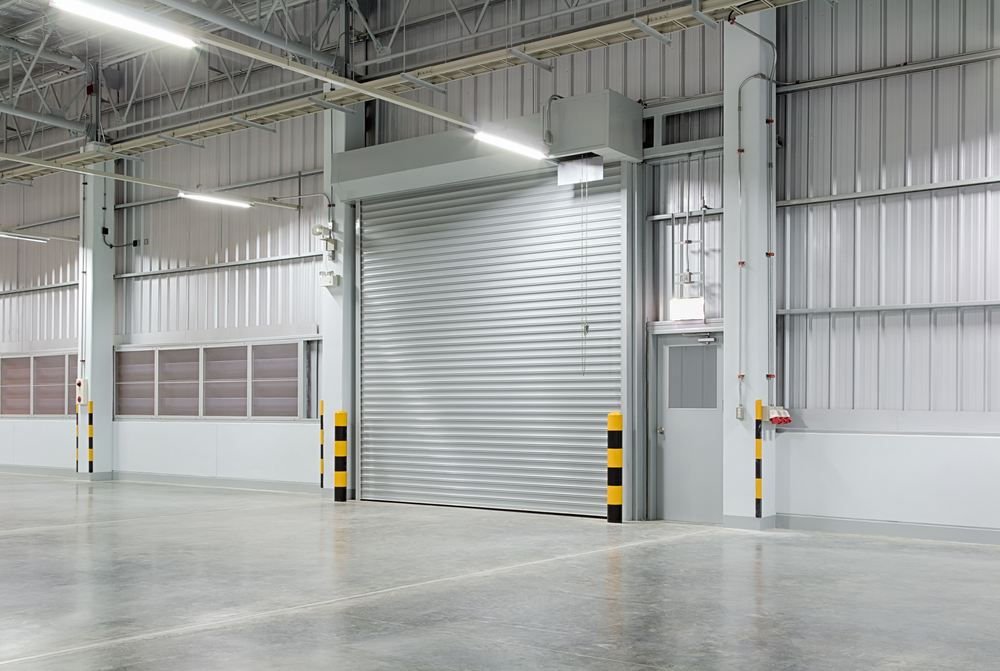
Maintenance for Maximum Lifespan
- Lubricate tracks and hinges quarterly with silicone spray
- Replace worn rollers every 3–5 years in high-humidity environments
- Schedule annual spring tension checks to prevent operational failures 1917
2025 Pricing Breakdown
Entry-Level: Janus Model 1000 ($900–$1,200) for 10’x10’ storage units
Mid-Range: ASTA 400 Series ($2,500–$4,000) for 50+ daily cycles
Premium: Cornell Thermiser Max® ($10,000+) for million-cycle durability 81023
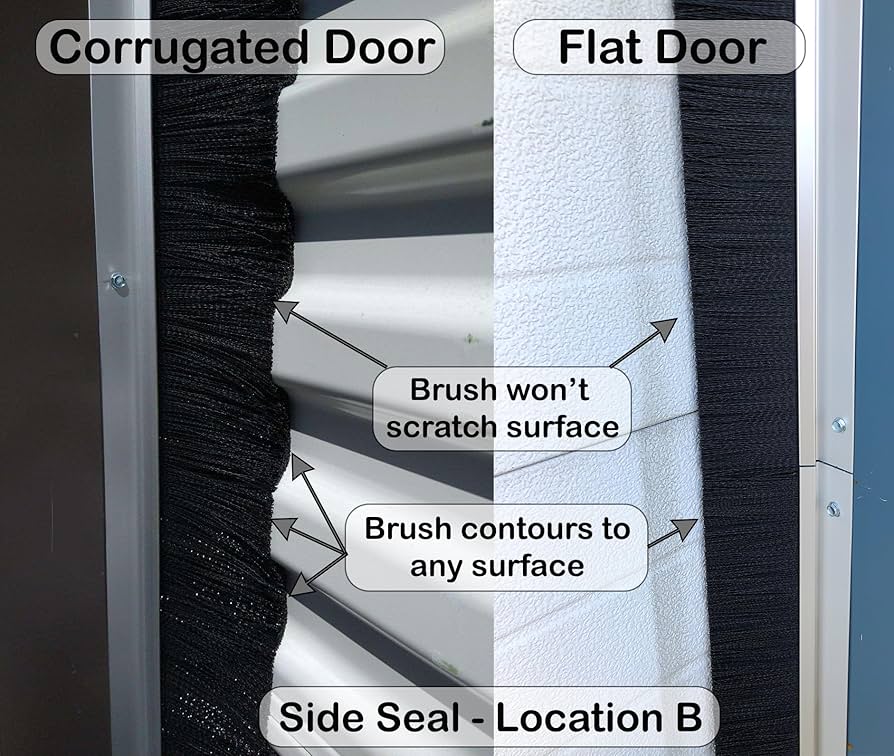
The Strategic Choice for Industrial Efficiency
Commercial steel roll-up doors transform operational security and efficiency, when chosen wisely. Prioritize 18–22 gauge steel with corrosion-resistant coatings for harsh environments, high-cycle springs for logistics hubs, and UL 325 safety certifications to protect workers. Brands like ASTA America and Clopay deliver tailored solutions that endure decades of industrial demands, proving that informed investments in commercial door systems yield long-term dividends.
By aligning door specifications with facility-specific needs, whether hurricane-level weatherproofing or pharmaceutical-grade seals, operations managers secure not just their premises, but their bottom lines.

